He dreamt, so he could - how Prashant Parashar went from a small village in UP to lead tech at Zomato
Prashant Parashar’s story is nothing short of an inspiration for millions of young Indians. Staring from a Hindi-medium school in Uttar Pradesh, Prashant has certainly come a long way to become the CTO of Zomato.
There's an unusual calm in villages. You sit there and talk about many things for several hours, only to realise you've lost your way to what were you saying. In the city, you might have to apply for a casual leave to have such discussions.
It’s true. When Prashant Parashar said this to me, I could imagine the lull in the rural life that hurries towards nothing. Our Techie Tuesdays’ star for the week Prashant, is a living example of ‘if you can dream it and work hard for it, you can achieve anything’. And it’s not because of the destination his journey has led him to. It’s because of the distance he has traversed. Only a few who start where he did, make it to where he is. And the most interesting thing about Prashant is a disarming lack of egotism which often enters those who weave a success story.
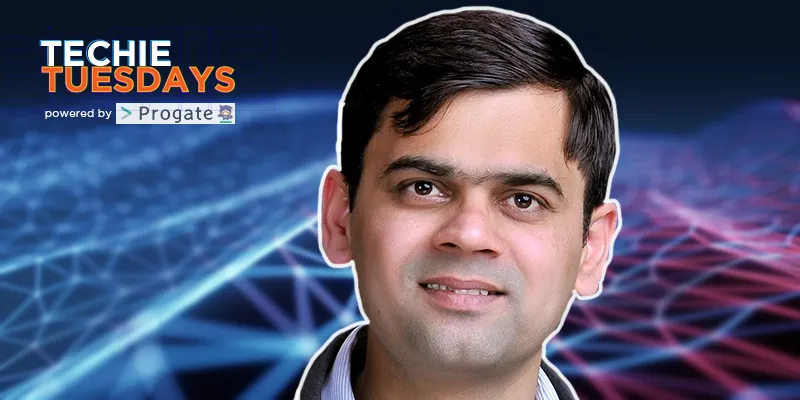
Prashant is the CTO of Zomato, where he reached after working at Snapdeal, CSC and his own startup which he ran for a couple of years. Here’s his story — from a small village in Uttar Pradesh to leading technology in one of the hottest startups of India.
Hindi medium – all iz well
Prashant grew up in Khaksis village near Orai in Uttar Pradesh (near Jhansi). He was born to a BAMS (Bachelor of Ayurvedic Medicine and Surgery) doctor father and a housewife mother. The village just had a primary school, and Prashant had to move to Orai after he finished Class VI. Since his family couldn't afford a private school, he studied at the Governmental Inter College (GIC) at Orai. Prashant was always good at Maths and Science. He says,
I was a disciplined kid but when I compare the childhood of my kids to mine, I'll still say that I had a lot more freedom to wander around in my village.
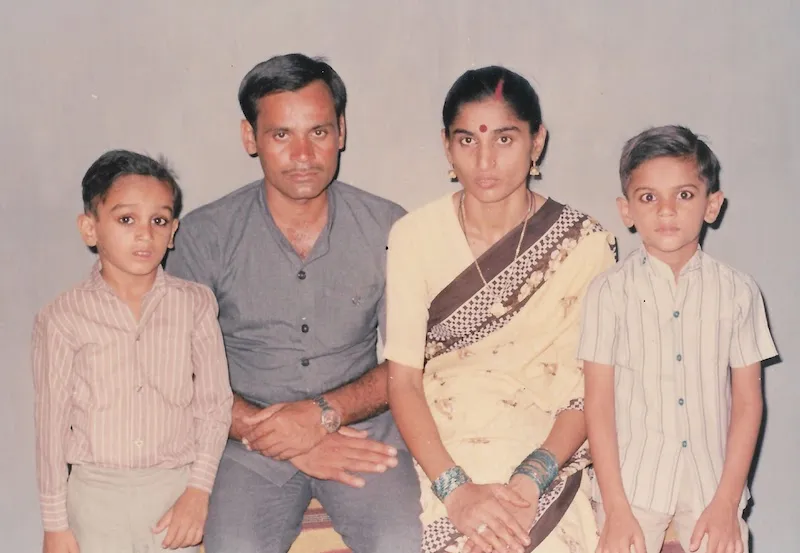
Providing her children with a good education was the foremost desire of Prashant’s mother. Even when the schools in villages ran behind in terms of curriculum, she made sure that Prashant remained ahead of everyone else in his class. He recollects, “Suddenly I was the kid everyone talked about in my school in the village. That gave me confidence which in turn made me more curious and interested in studies.”
During summer holidays, Prashant would go back to his village since his entire family lived there. He loved spending time back home.
In those days (late 80s), opting for Maths-Science after matriculation was a popular trend among the brighter students. No one gave much thought to other options, nor were there many available. It was only after Class XII that Prashant heard of IIT-JEE, when he came across Brilliant Tutorials (BT) study material from one of his classmates. At that time, he didn't even know how one becomes an engineer. He adds, “I convinced my parents to get me enrolled for the course (BT), so that I could prepare for IIT and become an engineer.”

College — a different territory altogether
In 1998, Prashant joined computer science engineering at BIET, Jhansi. Before this, he had never seen a computer and was really excited about it. Engineering was a life changing experience for him. He says,
I came from an entirely different world. I had never studied in English let alone talk in English. I entered college to find all the books in English and people speaking English. It was a different territory altogether.
He realised that he had a lot to catch up as most students had had their entire education in English and were proficient in many extra-curricular activities. Belonging to a small town, the only extra-curricular activity he had been a part of was cricket.
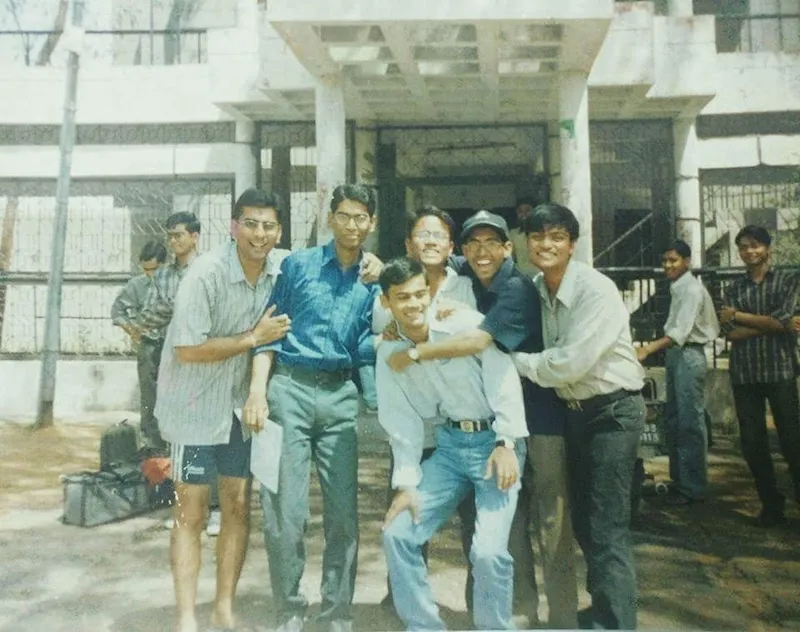
Prashant had C (programming language) in his second semester (towards the end) of the first year but he had already learnt programming in it in the first semester itself. He spent a lot of time at the computer centre. He recalls,
There used to be a C debugging contest open for all students. In my third semester (second year) itself, I won the contest. That proved to be my defining moment in college as it gave me immense confidence. I found the programming world very novel.
In his third year, Prashant decided to stay back in college during the winter break to build a C++ compiler with his friend. Though the duo couldn't build it completely, they managed to build a parser for C++. In his final year, Prashant picked a project on simulating the self-driving car guided by an AI algorithm. He couldn't go all the way again with this project but it was certainly a moonshot for that time.
Also read - How a small-town commerce graduate became CTO of a multibillion-dollar company
Pressure >> Nervousness >> _______>> Happiest moment of life
Prashant wanted to take up a job right after his B.E. due to the financial pressure back at home. His younger brother had just joined an engineering college (IIT-BHU). He says, “Job markets weren't great in 2002 and only Newgen Software visited our college. They had a fixed quota of hiring three people. I was confident that I would get through and there was a lot at stake. Unfortunately, I got nervous and couldn't crack it. I was so disappointed that I had no idea what I would do in life.”
Without much hope, Prashant then took the GATE (Graduate Aptitude Test in Engineering) exam and applied to multiple PSUs (Public Sector Undertakings) for jobs. He packed his bags and came to Delhi to work with his college seniors on their startups as he didn't want to go home without a job.
He worked on building a timesheet software. The product wasn't well thought through and never saw the light of the day. When he heard about Newgen Software’s off-campus recruitment, he immediately went for that. This time, he cleared the interviews and received the job offer. He adds,
It was one of the happiest moments of my life. Newgen was one of the very few product companies in India then. I joined the company immediately.
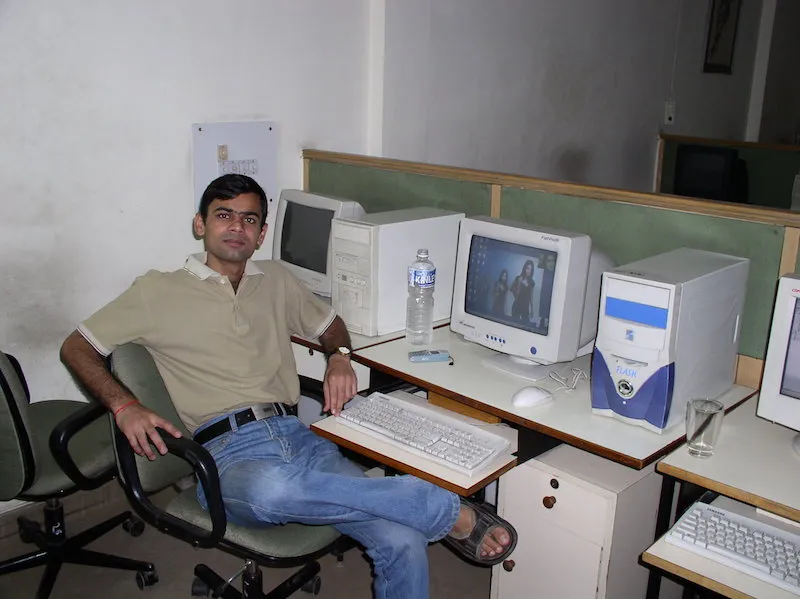
Gazetted officer = Dream job
At Newgen, Prashant worked on a new product called OmniFlow, the workflow management system for documents, processes, data entry, etc. Newgen was his first exposure to Java and web technologies. Omniflow 1.0 was released in 2003 and he worked primarily on its proprietary app servers called Java Transaction Servers (JTS). He explains,“It was neither HTTP nor EGP and had its own protocol (and sockets) that first few bytes would be the size of the payload and then it would send all the bytes. It had architecture of Beans (with its own framework on Beans).”
Before joining Newgen, Prashant had applied to join Defence Research and Development Organisation (DRDO). Few months into Newgen, he got an offer and left Newgen to join DRDO as a gazetted officer. He says, “It was almost a dream job for anyone from a middle-class background. However, after working as a trainee for three months, I dint feel inspired enough to continue further and decided to come to Newgen.”
Prashant resumed working on OmniFlow after getting back to Newgen. Later on, he worked on building a Record Management System (RMS) with three-four other techies. At Newgen, he coded in Java mostly. Prashant recollects his time at Newgen as a great learning experience. He says, “It was a startup kind of environment and I was a part of the core product development team. Most of the days, I was in office from 9am until 2am, including several Saturdays.” Unfortunately, after some time it all got too stressful for Prashant and he reached a point wherein he worked for almost a month and a half without any break. He couldn’t see himself continue in this manner and decided to leave the company.
Related read - Meet the co-creator of Julia programming language, Viral Shah
Product to services
Prashant joined CSC product development team which was developing a Property & Casualty (P&C) insurance product for mid-size companies, called Point In. Being a services company, a lot of focus at CSC was on after sales/implementation service of the product. Prashant spent five years in CSC. In the beginning, he started fixing basic aspects of the product and overhauled the entire layer of the old code almost single-handedly. He says,
We made the Model-View-Controller (MVC) layer configurable through XML declaration. I also created a new testing tool to do automated testing for the product. It could be used for other products as well. I named it XML runner because it was used to fire up XMLs and multiple threads.
The tool had some business logic which was configurable as well. It cut down the QA time drastically for the company. When it was published at the CSC global platform, it got an honourable mention in the papers. It was the first time CSC India team got such a recognition. Prashant too got a good recognition and visibility in the company.
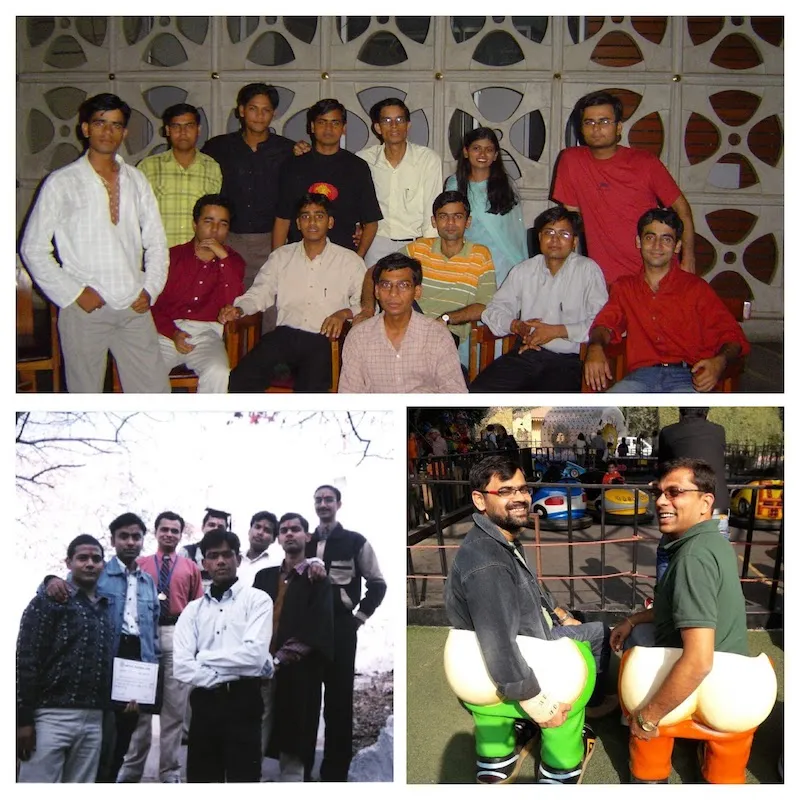
Later on, Prashant also led the effort to move a part of the insurance product to JST which was in AS/400. It was going well for Prashant at CSC and he went offsite to US for a few months as well. But spending five years in the same company had got him bored and restless. He started looking out and joined Global Logic. During his short stint at Global Logic, he worked in a team building a mobile commerce platform for telecom companies in US. The tech stack was Java, Spring, Hibernate.
Also read - From the power capital of India to the powerhouse of India’s largest e-commerce company
Restlessness >> Moving on >> Restlessness part 2
Prashant grew restless at Global Logic as the work dint give him much satisfaction. So, he moved on and joined Qwest Software (now CenturyLink). For 11 months, he managed and developed the common application framework for Qwest's Enterprise Order and Quote management solution. He says, “I got very comfortable working with Qwest and I wasn't very cool with that comfort. Even the work pressure was extremely low and I didn't get much chance to work hands-on. I realised that I was just maintaining the status quo and not learning much.”
Prashant was then introduced to Snapdeal by one of his relatives. The company had raised fresh funding round and was looking to expand its tech team. However, it was hard to find tech talent in Delhi-NCR then. Driven by his instinct to work for a startup, Prashant decided to join Snapdeal. He adds,
The idea of coming out of my comfort zone into uncertainty excited me. It was a big change for me but the kind I was looking for.
Snapdeal – part 1
When Prashant joined Snapdeal in 2011, it was growing at an extremely fast pace. He recalls that at that time Snapdeal's MoM growth (of orders and revenues) was more than 100 percent. Karun Singla (then VP-Engineering) and Prashant were the only senior technology guys in the company. Prashant recalls,
Experiencing the business pressure and disagreements, and solving the scalability problem, were all relatively new to me but very refreshing. It was the first time I witnessed the scale of an internet (company).
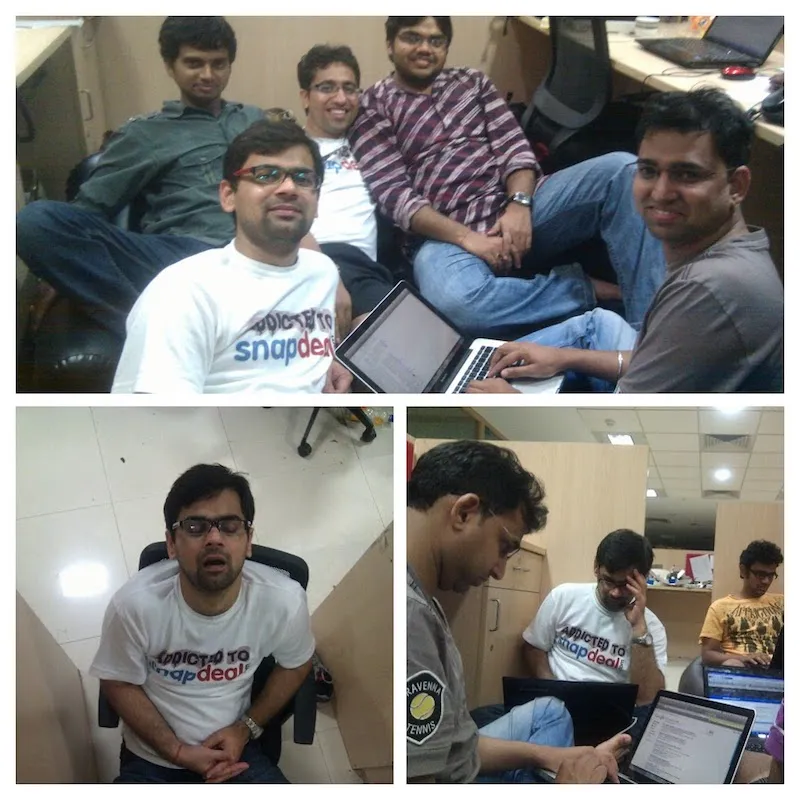
Including the QA team, the entire tech team was 15 people so the emphasis was on hiring when Prashant joined. Snapdeal’s tech stack was Java and Spring mostly. In his first stint, Prashant spent only ten months at Snapdeal but he considers that as the most fulfilling and productive ten months of his career in terms of results and a satisfying experience. He says, "Understanding e-commerce from bottoms up, designing schemes and services right from ground up and then putting it all into production, it was an amazing experience."
By the time he left, Snapdeal’s tech team had become 50-member strong.
Related read - Meet Vibhore Sharma - the self-taught technologist who's CTO of Naukri.com
If they can, so can we – the startup rush
After spending some time at Snapdeal, Prashant thought of going the next level and started working on his own startup idea, a DIY e-commerce platform called Kartmagic, in 2012. Shopify had not yet entered India. Prashant chose Java as the tech stack. He says,
In a startup, every day spent to learn something new, is a day lost towards profitability.
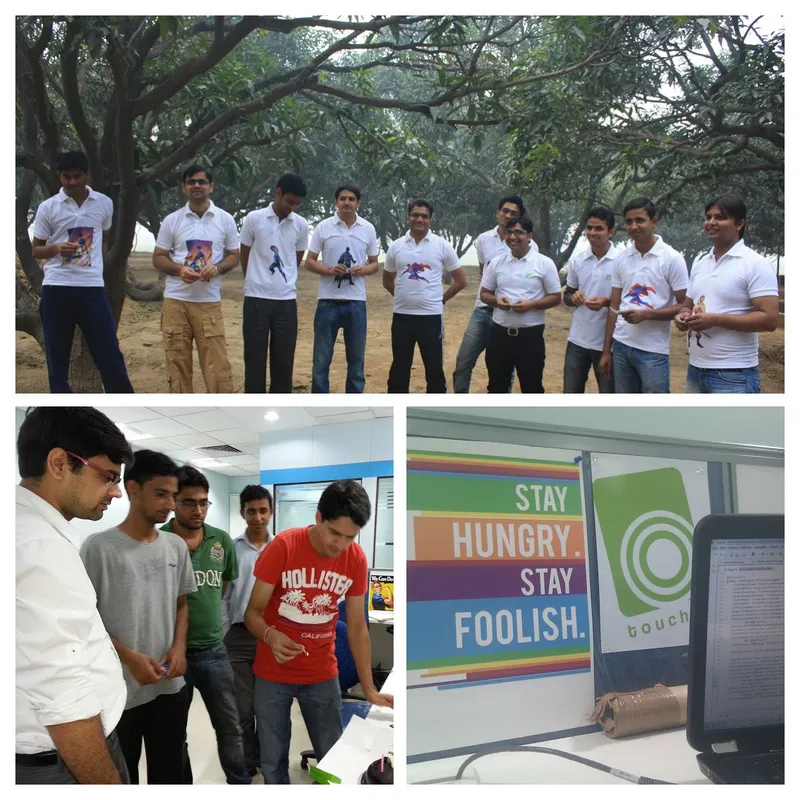
The first version of Kartmagic took six to eight months to build. Reality hit Prashant (and his co-founder) when they started selling. It was nothing like they had imagined. They thought that Rs 500 subscription would work like charm among the sellers. Unfortunately, the sellers didn't think so. The duo tried different models of sales, even franchisee models, built a reseller network, but irrespective of so many experiments, they couldn't see any window of profitability in near future. During his two years of startup journey, Prashant was in constant touch with Amitabh Mishra, CTO, Snapdeal. When Amitabh came to know that Prashant’s startup wasn’t working out well, he offered him the opportunity to come back to Snapdeal.
Related read - Amitabh Misra, the architect of India's largest online marketplace
Snapdeal 2.0
This time, Prashant was given the task to solve the scalability for online ordering and promotions (discount/promo codes). He started with hiring some architects and senior techies. Then he separated ordering and post ordering pieces so that they could scale individually and the load did not remain on the same database. Apart from Java, Spring, Hybernate, Snapdeal had started using a lot of newer components too in its tech stack like MongoDB, Aerospike, Redis, and Kafka. After Amitabh left in 2015, Prashant led the tech team’s efforts to prepare for the Diwali sale of 2015. That was managed very smoothly, thanks to the many learnings from 2014 sale. He pre-scaled the systems and reviewed it end-to-end for the weakest links.
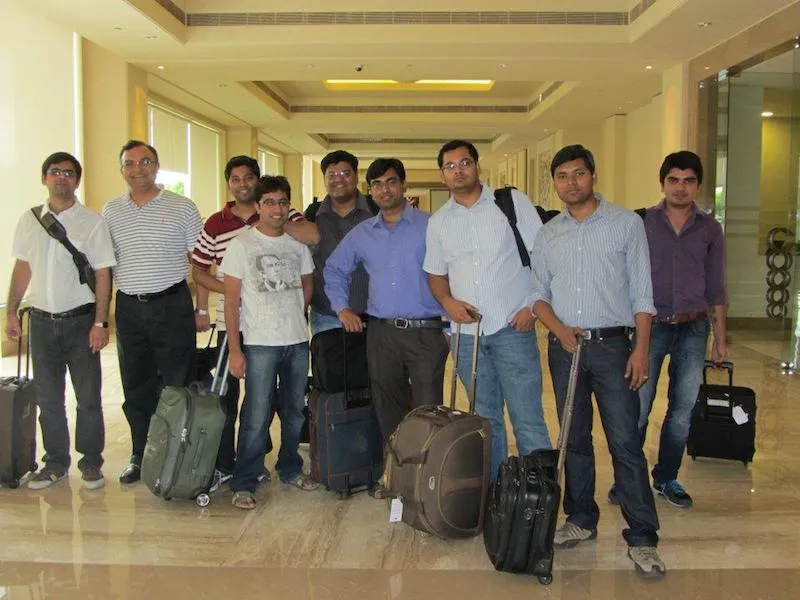
After the 2015 sale, Prashant managed search in Snapdeal for a few months before deciding to move on. By that time, Rajiv Mangla had joined Snapdeal as the CTO.
Prashant met Deepinder Goyal a couple of times when he was still in Snapdeal. So, when he thought of moving on, he met Deepinder once again. He adds, “It was a very appealing proposition for me as Zomato was a global product company and was doing extremely well. Deepinder at that point of time had this vision of taking the tech at Zomato to the next level.”
Prashant believed that the company wasn't leveraging AI and ML much then and there was scope to structure some of the technology processes further. He was clear about solving these problems and decided to join Zomato.
Three umbrellas of Zomato tech
In the beginning, Prashant worked on solving some connectivity problems in Zomato Base — the POS product where multiple android devices connected with each other. He got under the hood and changed the connectivity platform entirely. He explains,
We changed some of the socket protocols to HTTP server connectivity and added some of our UDP discovery mechanism there and solved it. We also made some changes in terms of processes in the product management. The product became stable in three to four months.
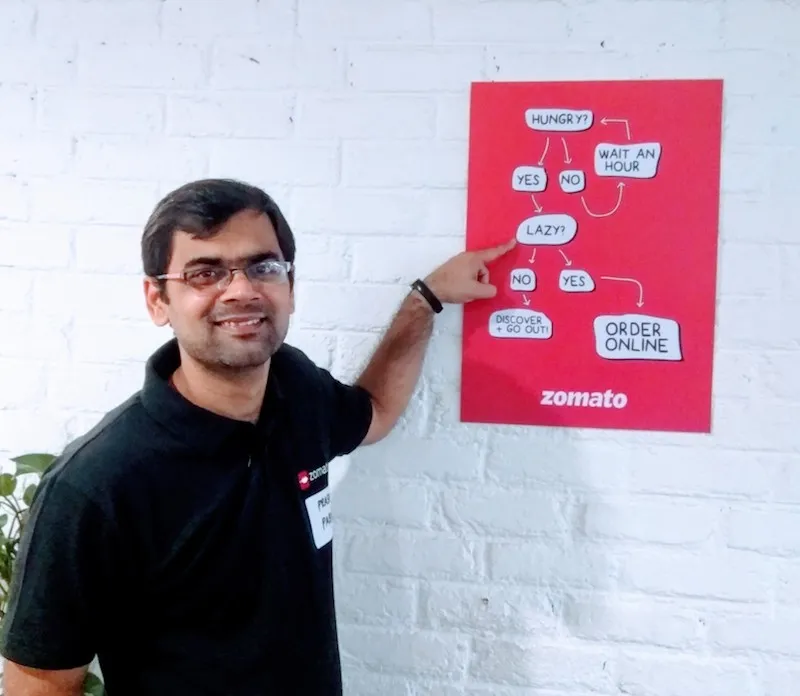
This also helped Prashant demonstrate some of his capabilities which gained him some credibility among the developers and tech/product team at Zomato. Soon after that, he started working on the things he had planned to do at the time of his hiring. It all fell under the three umbrellas:
- More use of AI and ML- Prashant set up the AI-ML team and started solving problems one by one. The first one is related to search in personalisation where Zomato is running multiple experiments. Now, everyone sees a unique listing (personalised) when they visit the listing page. Notifications are more personalised and methodical based on what works for a specific customer segment. Using ML, the company targets users based on their behaviour (when should they receive the notification and of what kind). As a result, there's significant jump in Click Through Rate (CTR) for their searches and notifications. Some of the things are still work-in-progress, such as recommendations in ads (based on more personalised parameters).The company is using TensorFlow, Spark and Python to create models. Prashant says, “As the capability of AI-ML is increasing, we're set to solve the problems around repeat orders, stickiness, and CTR.”
- Technology process and architecture– The tech team has started breaking down the system into microservices. Prashant adds, “It provides a better workable model between product and engineering where you've separation of concerns and helps to scale in terms of technology and teams.”
- Tech branding– Leadership at the company is keen to make Zomato an aspirational brand among the techies. However, they have realised that if they work on setting up technologies and processes and fixing the responsibility and accountability part, they won’t need to make additional efforts for tech branding. Prashant says, “If we don't have these basic underlying things, there's not much point in talking about it.”
Zomato was initially built on PHP. Later on, it started using MySQL, Redis, Kafka, Spark and MongoDB, GoLang and Java in some places. Now, the company has started extracting out some of the services from the monolithic PHP and started building those in Java and GoLang. Prashant says,
Everybody is kicked up to do something and ship really fast at Zomato. We're running at a very high velocity which is primarily because of the culture prevalent here and the sense of ownership everyone takes. That's our major differentiation.

Top Tech Challenges in hand at Zomato
Prashant and the tech team at Zomato are right now solving following key challenges:
- Increase the stability of the platform further — to bring more predictability in terms of testing and start using more of automation testing.
- Increase retentions and repeat rates of its consumers, using AI-ML.
- Creating an ability to run multiple experiments without lot of tech intervention — putting up a framework for the same.
- Separating the services in the legacy codebase for migrating to microservices in an efficient way.
Hiring developers and leaders
For hiring a developer, Prashant looks for the general aptitude and attitude needed to work in a startup environment. He throws challenges where the candidate is presented with problems where there's less clarity. Based on how he/she solves it, it’s easy to estimate if they have the attitude required to work in a startup. Prashant also tests the depth of the knowledge of a techie in a particular field/area of expertise. He says, “For me, the chances of hiring a person who has worked on one thing very deeply is much more than hiring a generalist.”
At the leadership level, Prashant prefers people who're hands-on in code, design, and architecture. They should also understand scale. Prashant adds,
One needs to have a thick skin to be a leader. This can be known from the history of conflicts leaders have been in and how they came out of them. Quick decision makers make for good leaders in a startup.
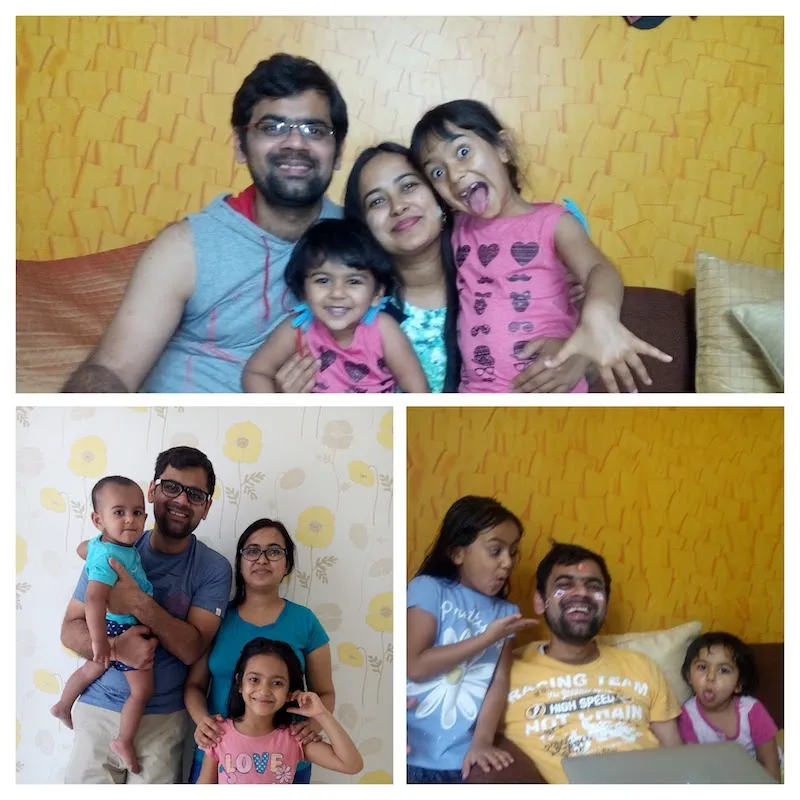
‘Technology is something that helps humanity progress.’
Prashant believes in honesty, integrity, hard work and empathy for people.
For now, he’s committed to building a cool technology company in India which comes up with new technology advancement which in turn is adopted and used worldwide.
According to Prashant, if he has to start up again in his life, it'll be in social sector, probably a decade from now. Ultimately, his work is all about making progress and giving hope. When asked about what’s technology for him, here’s what Prashant has to say,
Technology is something that helps humanity progress.
You can connect with Prashant on Twitter and LinkedIn.
Trivia - Prashant started a deals website (on blogspot) in 2006 noidadeals.blogspot.com and later registered it as deals22.com. That's why Snapdeal excited him even more.







